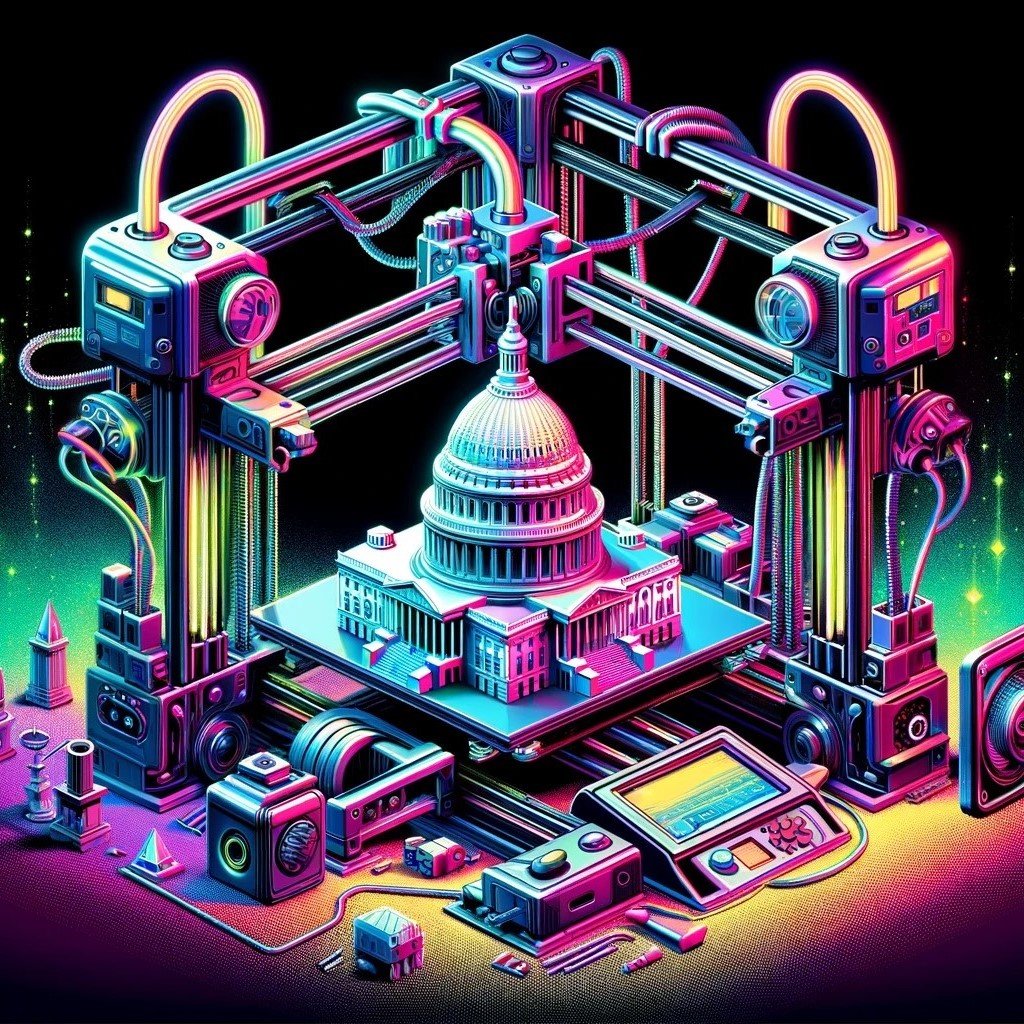Staff and Member pay are no longer linked, opening the pathway to improve staff pay.
Why This Matters
Prior to 2023, no House employee could be paid more than a Member of Congress, hamstringing the legislature’s ability to attract and retain top talent. Although this limiting factor was intended to ensure that a staffer would not be considered more senior than a Member, that pay cap has become a staff retention challenge following years of Members plateauing their pay. (Members’ last salary adjustment took effect in 2009.)
How It Happened
The Congressional Research Service has previously reported that, accounting for inflation, the maximum pay for Senate staffers decreased from the peak of $212,661 in 2002 to $173,900 in 2021. In the House, the maximum pay for staffers of $209,584 in 2003 has since decreased when accounting for inflation to $173,900 in 2020. For specialized, senior Congressional staff — particularly those who hold highly technical positions in institutional offices — the limitations on their rate of pay over the last fifteen years has proved more challenging with each passing year.
ModCom held several hearings during the 116th and 117th Congresses to explore ways to delink staff pay from Member compensation. These hearings, which included “Conversations on Congressional Staffing” and “Boosting Internal Expertise in Congress” in June 2020, and “Congressional Staff Capacity: Improving Staff Professional Development, Increasing Retention and Competing for Top Talent” in May 2021, focused on identifying strategies to make Congressional employment more competitive and ensure the Legislative branch could recruit and retain skilled, experienced staff. These hearings led to a number of ModCom recommendations around staff pay, including recommendation #70 to differentiate staff pay from Member pay and establish a new cap.
Congressional leadership heard the calls from ModCom and staffers around Congress and took action. On August 12, 2021, House Speaker Pelosi [D, CA] used the Speaker Pay Order to raise the top salary for senior House staff from $173,900 to $199,300 to aid staff retention. Speaker Pelosi emphasized, “ensuring our offices and committees are equipped with the finest talent in America is a critical step in reinforcing Congress’ ability to effectively serve the American public.” Later, in a Dear Colleague letter on May 6, 2022, the Speaker further increased the staff salary ceiling to $203,700 and set a minimum staff salary of $45,000.
The Impact
The House relies upon a select group of highly technical experts who often hold decades of experience in the position or function they serve. As the cost of living and salaries have increased in the DC area, the House’s inability to increase the salaries of these individuals has hurt both recruitment and retention, further accelerating the revolving door. By separating staff and Member pay, the institution has been able to adjust pay for these expert and essential individuals to ensure the continuity of operations for the House.
Next Steps
Although delinking Member and staff pay is one way to address the symptoms of staff retention issues, it does not affect the root cause of the problem at hand: Members should have their pay adjusted to be in line with inflation and the cost of living. Members’ salaries have not been adjusted since 2009, which has caused a plateau with detrimental ripple effects across the institutional pay scale. The original rationale for linking the compensation of Members and their staff is no longer valid due to Members' reluctance to allow their standard annual cost-of-living adjustment (COLA) to take effect.
Additionally, Congress could look to implement an automatic COLA for Congressional staff salaries that would help ensure their buying power keeps up with rising prices, making Congressional employment more financially viable and competitive over the long term. Tying staff pay to changes in cost of living, rather than the back-and-forth of Legislative branch MRA funding, is a much-needed reform to boost staff recruitment and retention and allow Congress to develop the deep in-house expertise it requires to fulfill its legislative and oversight duties.
Glossary
ADA = Americans with Disabilities Act
AOC = Architect of the Capitol
CHA = Committee on House Administration
CAO = House Chief Administrative Officer
CDTF = Congressional Data Task Force
COLA = Cost-of-Living Adjustment
CPF = Community Project Funding
CR = Continuing Resolution
GAO = Government Accountability Office
GAO STAA = The Government Accountability Office’s Science, Technology Assessment, and Analytics team
GenAI = Generative Artificial Intelligence
HIRO = House Intern Resource Office
HDS = House Digital Service
LIS = Legislative Information Service
LLM = Large Language Model
MIA = Modernization Initiatives Account
ModCom = The House Select Committee on the Modernization of Congress
ModSub = Subcommittee on Modernization (ModSub) within the Committee on House Administration
MOU = Memorandum of Understanding
NMO = New Member Orientation
OCWR = Office of Congressional Workplace Rights

